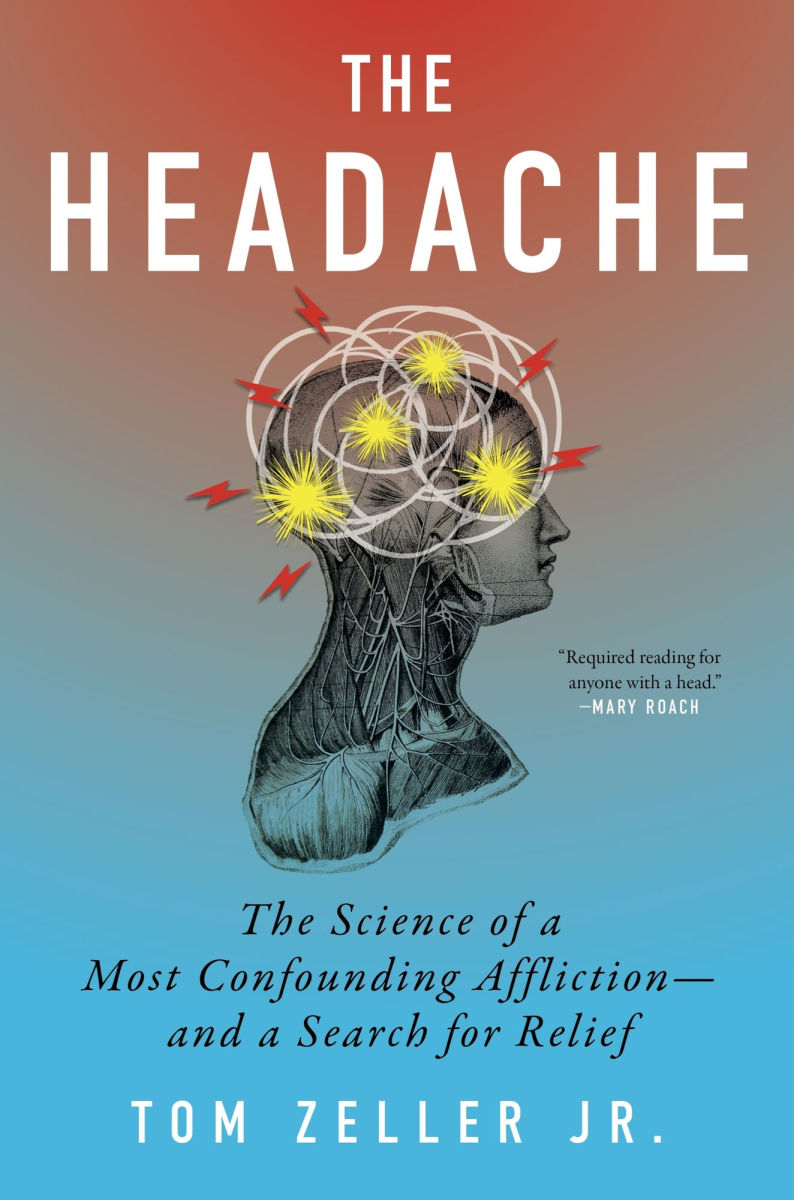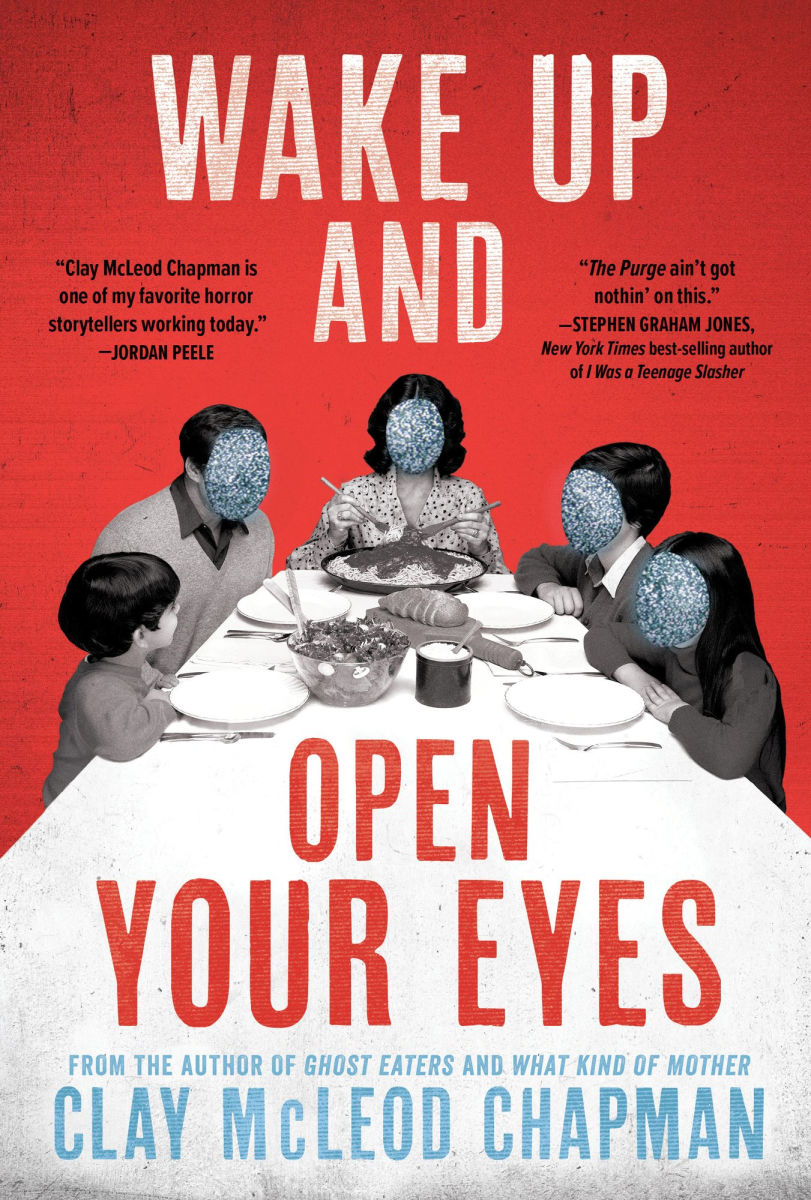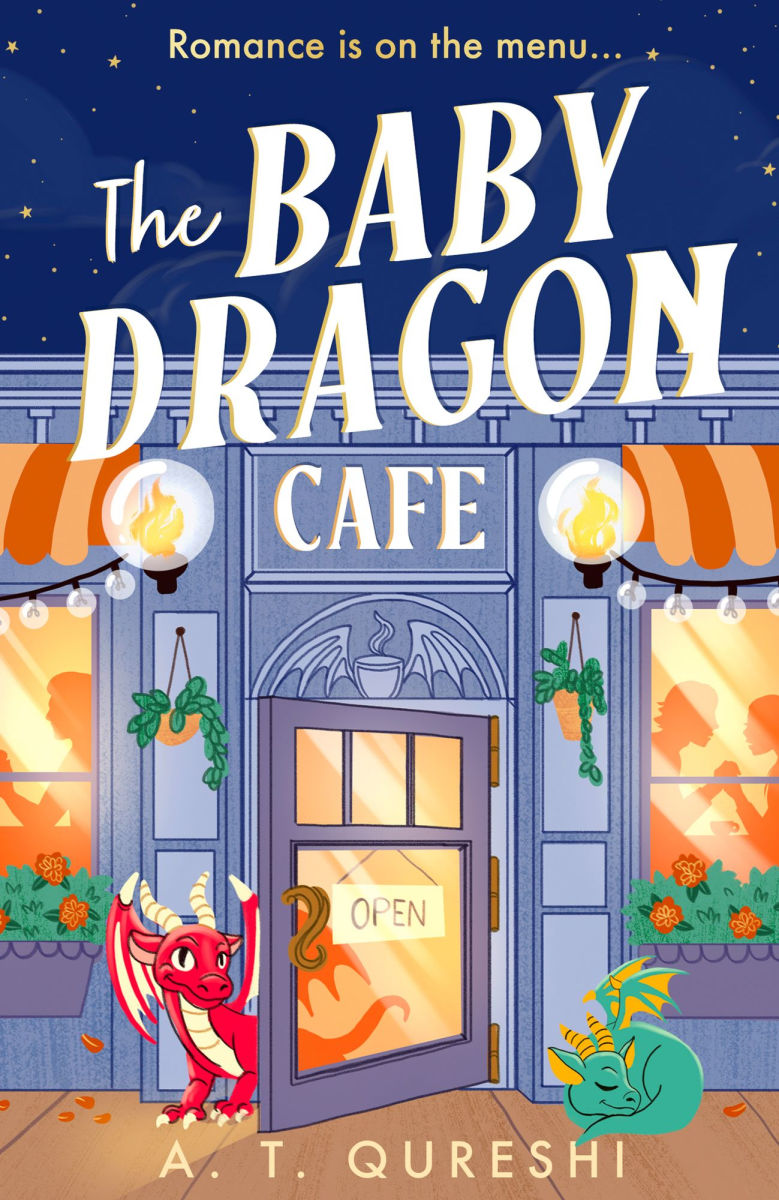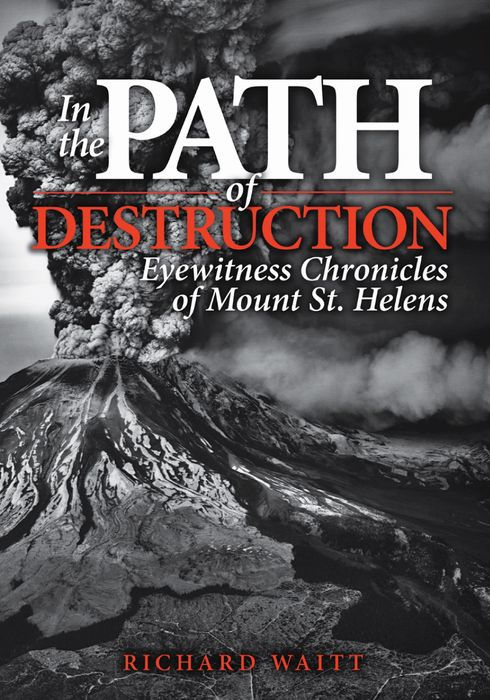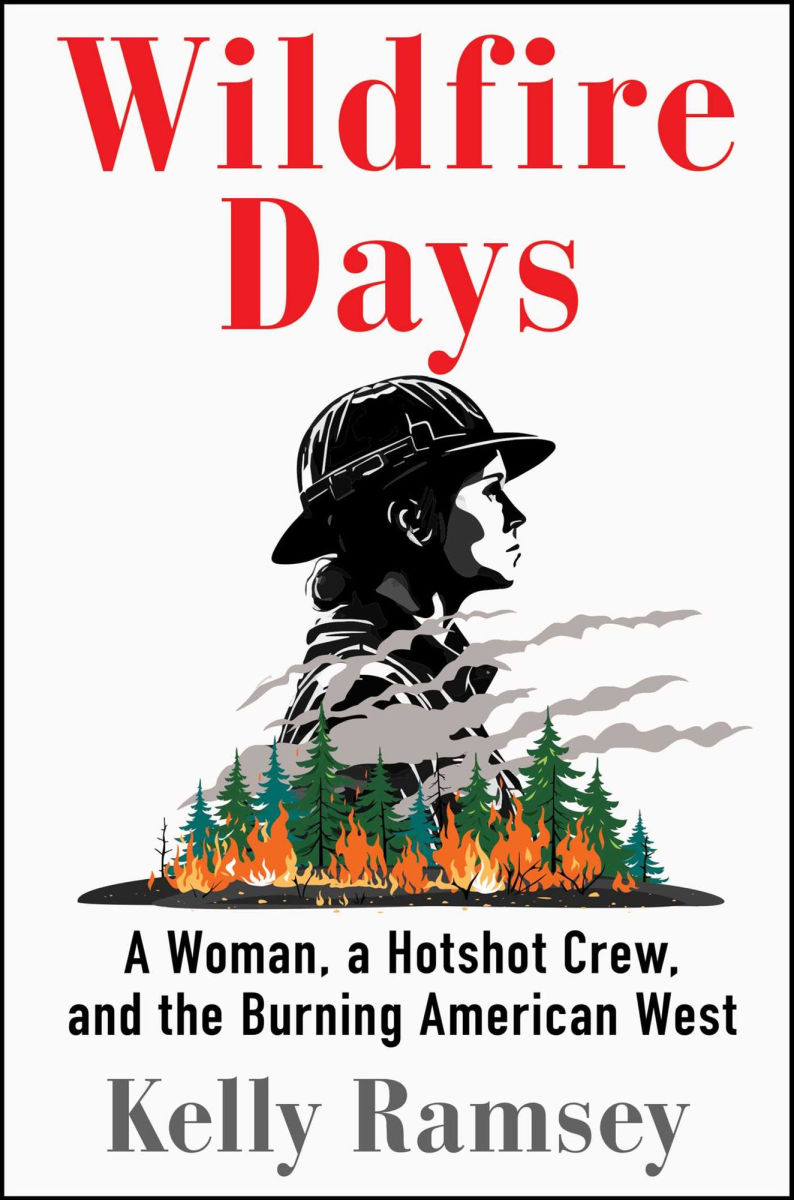
Kelly Ramsey became a hotshot - the so-called Special Forces of firefighting - with three strikes against her. She's a woman on an otherwise all-male crew, a small woman dealing with equipment much too big for her, and 36 years old when most of the men are in their early 20s. If that's not enough, it's 2020 - the start of the pandemic - and California is having a record fire year, with GIGAFIRES that burn more than ONE MILLION acres. At one point her own hometown burns down.
The memoir tells the story of her two seasons with the Rowdy River Hotshots, her relationship with her awful fiance (also a firefighter, on a different crew), her relationship with her alcoholic homeless father, and a general memoir of her life. I'd say about three-fifths of the book is about the hotshots, and two-fifths are her fiance/her father/her life up to that point.
You will be unsurprised to hear that I was WAY more interested in the hotshots than in her personal life. The fiance was loosely relevant to her time with the hotshots (he was jealous of both the male hotshots and of her job itself), and her alcoholic father and her history of impulsive sexual relationships was relevant to her personality, but you could have cut all of that by about 75% and still gotten the point.
All the firefighting material is really interesting, and Ramsey does an impressively good job of not only vividly depicting hotshot culture, but also differentiating 19 male firefighters. I had a good idea of what all of them were like and knew who she meant whenever she mentioned one, and that is not easy. You get a very good idea of both the technique and sheer physical effort it takes to fight fires, along with plenty of info on fire behavior and the history of fire in California. (She does not neglect either climate change or the indigenous use of fire.)
This feels like an incredibly honest book. Ramsey doesn't gloss over how gross and embarrassing things get when no one's bathed for weeks, you've been slogging through powdery ash the whole time, there's no toilets, and you're the only one who menstruates. She depicts not only the struggle of trying to keep up with a bunch of younger, stronger, macho guys, but how desperate she is to be accepted by them as one of the guys and how this causes problems when another woman joins the crew - a woman who openly points out that flawed men are welcomed while every mistake she makes is taken as a sign that women can't do the job.
I caught myself wishing that Ramsey hadn't had an affair with one of her crew mates as many readers will think "Yep, that's what happens when women get on crews," and then realizing that I hadn't thought that about the man who had the affair with her. Even I blamed Ramsey and not the equally culpable dude!
Ramsey reminded me at times of Amy Dunn's vicious description of the "cool girl" in
Gone Girl, but to her credit, she's aware that this is a persona she adopted to please men and fill the void left by her alcoholic dad. Thankfully, there's a lot more to the book than that.
